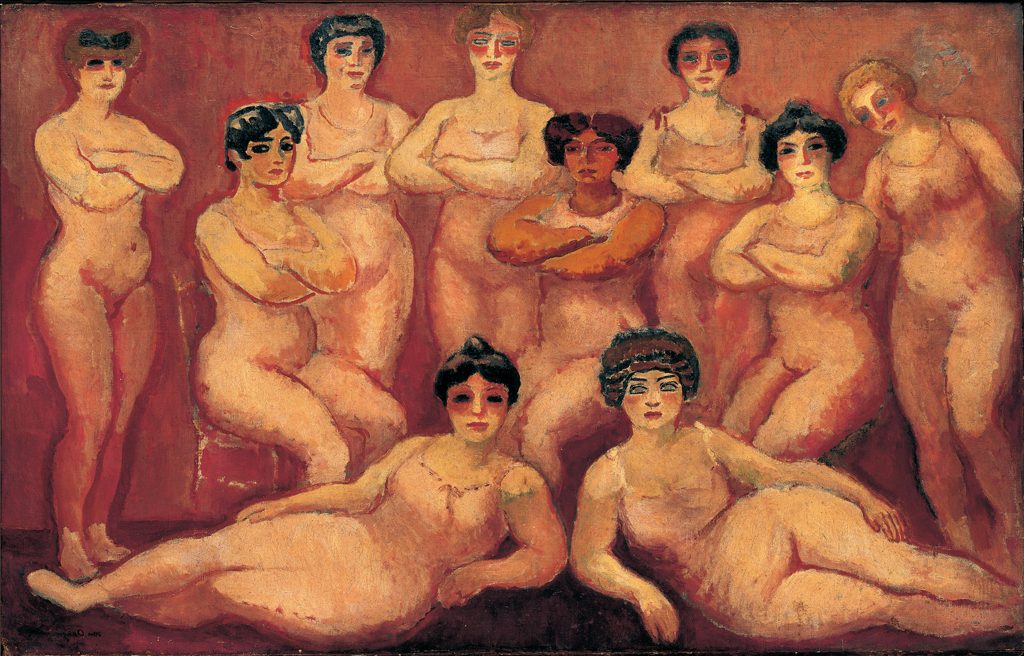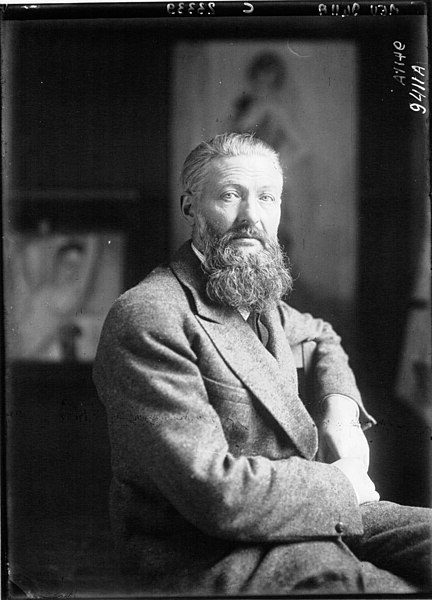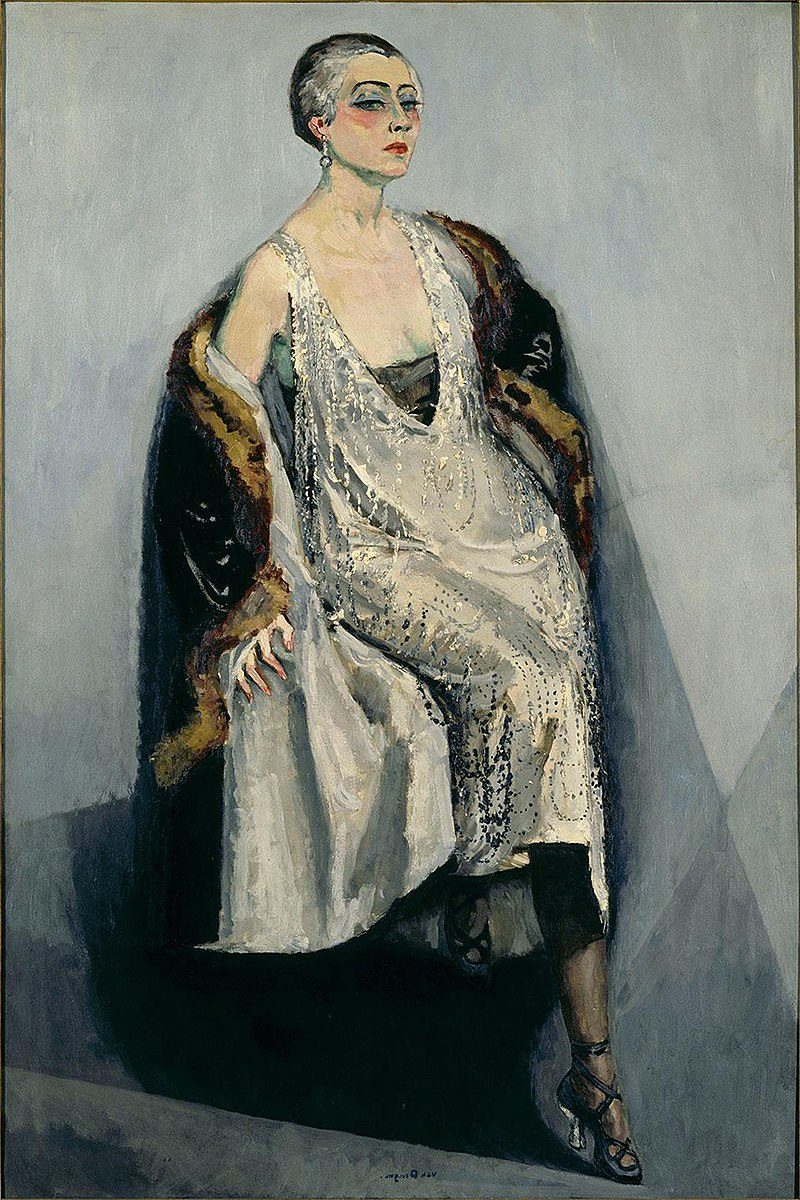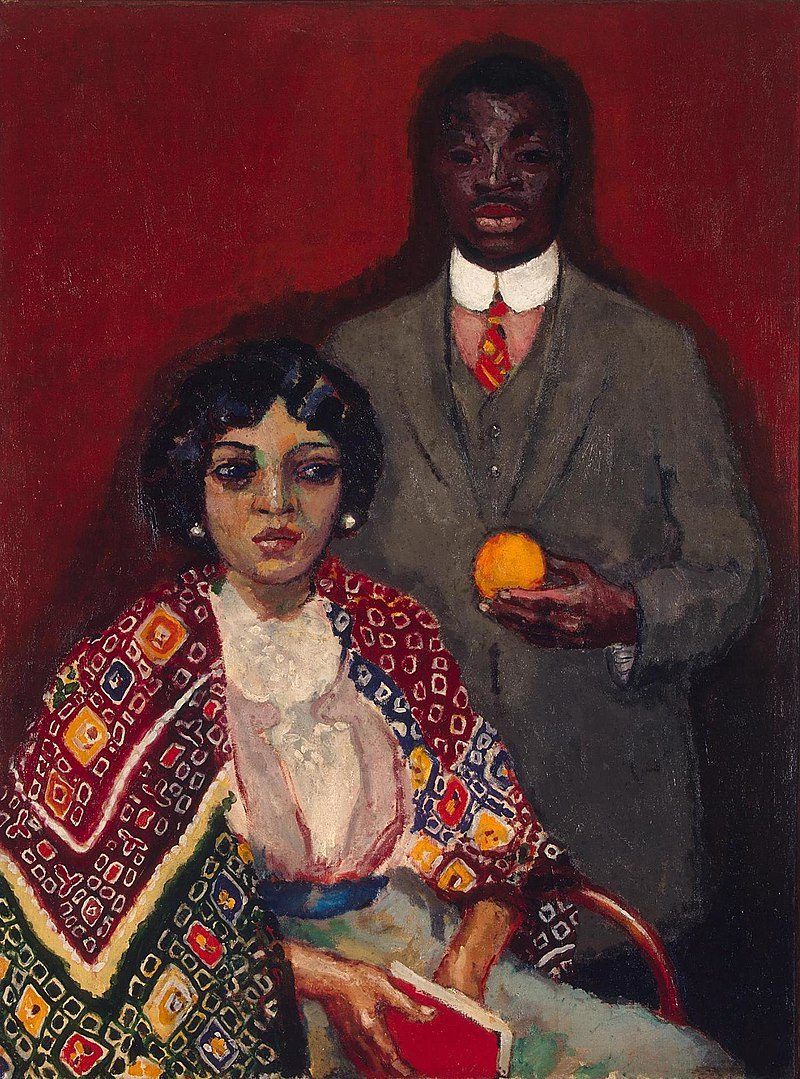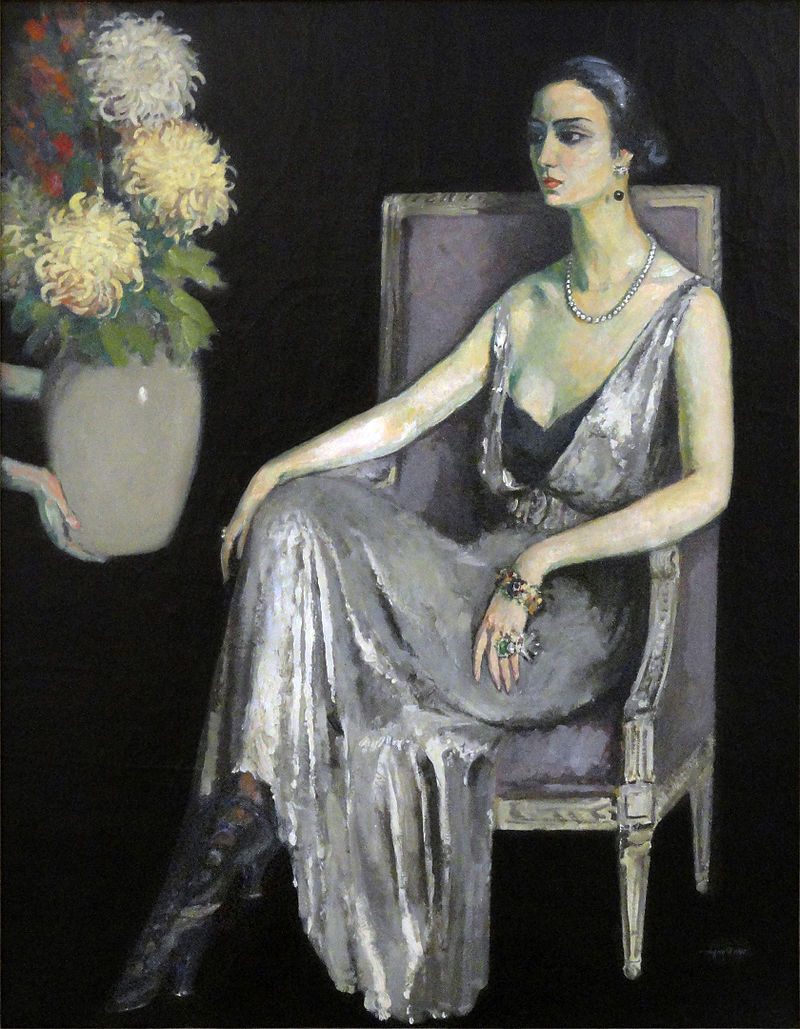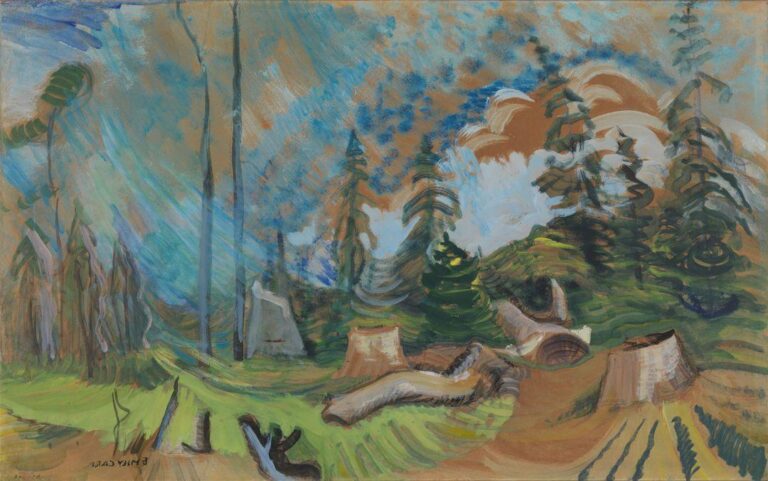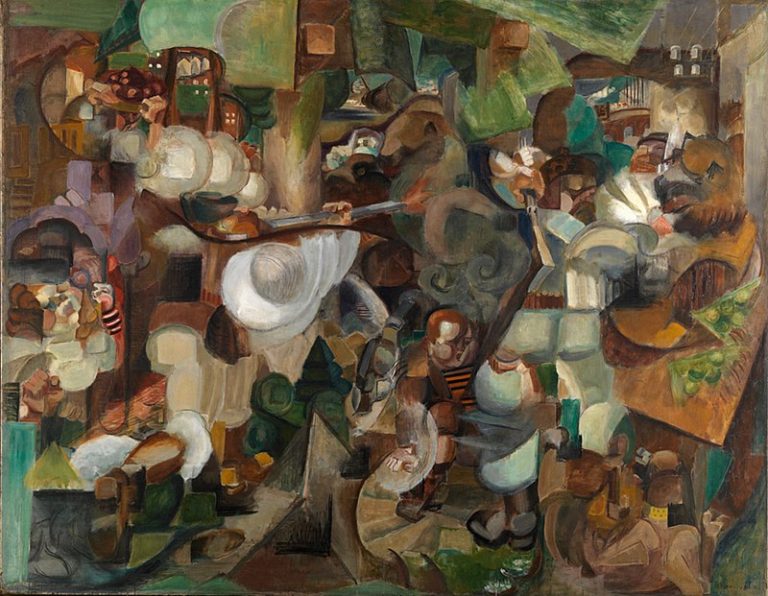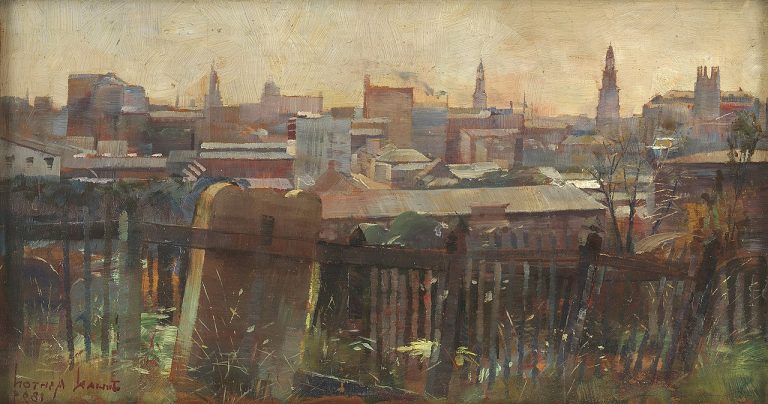Kees van Dongen: Pioneering Fauvist and Portrait Artist of the 20th Century
Born: 31 December 1869, Le Cateau-Cambrésis, France
Death: 28 May 1968, Monte Carlo, Monaco
Art Movement: Fauvism
Nationality: Dutch-French
Influenced By: Hague School
Institution: Royal Academy of Fine Arts, Rotterdam
Kees van Dongen: Pioneering Fauvist and Portrait Artist of the 20th Century
Early Life and Artistic Beginnings
Kees van Dongen was born on January 26, 1877, in Delfshaven, near Rotterdam, Netherlands. His full name was Cornelis Theodorus Maria van Dongen.


Van Dongen showed artistic talent from a young age. He began his formal art education at the Royal Academy of Fine Arts in Rotterdam.
During his early years, van Dongen’s work was influenced by the Hague School. This Dutch artistic movement focused on realistic depictions of everyday life.
Van Dongen’s early paintings often featured scenes from his hometown. He painted landscapes, seascapes, and portraits of local people.
In 1897, van Dongen moved to Paris. This move marked a turning point in his artistic career. He began to experiment with new styles and techniques.
Van Dongen’s early work in Paris showed elements of pointillism. He used small, distinct dots of color to create his images.
As he developed his style, van Dongen became known for his bold use of color. This would later lead to his association with the Fauvist movement.
Rise to Prominence and Fauvist Movement
Kees van Dongen rose to fame in early 20th century Paris as a key figure in the Fauvist movement. His bold use of color and expressive style set him apart as an innovative artist of the avant-garde.
Key Contributions and Collaborations
Van Dongen gained recognition after exhibiting at the 1905 Salon d’Automne in Paris. This show marked the birth of Fauvism. He joined other Fauvist painters like Henri Matisse and Maurice de Vlaminck in using vivid, non-naturalistic colors.


The artist took part in exhibitions with the Fauves from 1905-1907. He worked closely with Albert Marquet and forged connections with Jean Puy and Charles Camoin. These collaborations helped push the boundaries of modern art.
Van Dongen’s daring approach earned him a spot among the leading avant-garde artists in Paris. His work influenced the development of Expressionism.
Signature Style and Techniques
Van Dongen became known for his portraits of women and scenes of Parisian nightlife. He used bright, clashing colors and thick brushstrokes to create eye-catching works.
His style featured:
- Bold outlines
- Exaggerated facial features
- Vivid, unrealistic skin tones
- Simplified forms
Van Dongen often painted performers, socialites, and models. He captured the energy of Paris with loose, energetic brushwork. His portraits had a sensual quality that made them popular and sometimes controversial.
The artist’s techniques evolved over time. He incorporated elements of Cubism into some later works. Van Dongen’s distinct style helped define the look of early 20th century modern art.
Cultural Impact and Legacy
Kees van Dongen made a big mark on modern art. His bold colors and unique style changed how people saw portraits and art in general.


Influence on Modern Art
Van Dongen’s work shaped art in the early 1900s. He was part of the Fauvist movement, known for bright colors. His style mixed with German Expressionism and Symbolism. This blend created a new way of painting that many artists copied.
Van Dongen’s portraits were very popular. He painted famous people and scenes from nightlife. His work showed up in big cities like Paris and Berlin. Many young artists learned from his bold style and use of color.
Prominent Works and Exhibitions
Van Dongen’s paintings of women are his most famous. He painted Brigitte Bardot and other celebrities. His work “The Corn Poppy” is in many art books. It shows his skill with bright reds and blues.


Big museums have shown Van Dongen’s art. The Centre Pompidou in Paris had a big show of his work in 2009. His paintings sell for millions at auctions today. Art fans still love his colorful style and the way he captured the spirit of his time.
Frequently Asked Questions
Kees van Dongen was an important Dutch-French painter known for his bold use of color and expressive portraits. His work spanned the Fauvist movement and beyond, leaving a lasting impact on modern art.
What are some of Kees van Dongen’s most notable works?
Van Dongen’s famous paintings include “The Corn Poppy” and “Woman with Large Hat.” These works showcase his vibrant color palette and striking portraiture style.
“La Chimère Pie” is another key piece, painted when he was just 18 years old. This large canvas depicts a mythical horse-bird creature taking flight.
Can you provide a brief biography of Kees van Dongen?
Kees van Dongen was born in 1877 near Rotterdam, Netherlands. He studied at the Royal Academy of Fine Arts in Rotterdam from 1892 to 1897.
Van Dongen later moved to Paris, where he became part of the Fauvist movement. He gained fame for his portraits and nudes with bold colors.
The artist died in 1968 in Monaco after a long and successful career spanning over 60 years.
How has Kees van Dongen influenced modern art?
Van Dongen helped push the boundaries of color use in painting. His bold, non-naturalistic colors inspired other artists to experiment.
His expressive portrait style influenced later painters. Van Dongen’s work bridged Fauvism and Expressionism, shaping the direction of modern art.
Are there any museums dedicated to the works of Kees van Dongen?
While there’s no museum solely dedicated to Van Dongen, many major art museums display his works. The Metropolitan Museum of Art in New York has some of his paintings.
The Museum of Modern Art (MoMA) also features Van Dongen’s art. In Europe, the Musée d’Art Moderne de Paris houses a collection of his works.
What are the characteristics of Kees van Dongen’s painting style?
Van Dongen’s style is marked by bold, vivid colors. He often used reds, blues, and greens in striking combinations.
His brushwork was loose and expressive. Van Dongen’s portraits feature exaggerated features and intense gazes.
He painted many portraits of women, often with elongated necks and large, dark eyes. His style became more radical over time in both form and color use.
How do Kees van Dongen’s paintings perform in modern art auctions?
Van Dongen’s paintings are highly valued in the art market. His works often sell for millions of dollars at major auctions.
Portraits and figure paintings tend to fetch the highest prices. The demand for Van Dongen’s art reflects his important place in modern art history.

